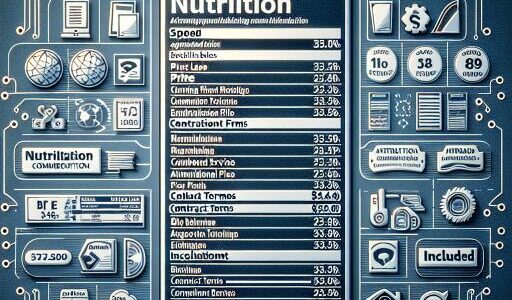What Did Microsoft Really Concede with Recall? (Premium)
The technology landscape buzzed with opinions following Microsoft’s introduction of Recall, a feature presented as a groundbreaking AI experience for Snapdragon X-based Copilot+ PCs. This innovation aims at addressing a longstanding issue in computing—efficiently locating documents and other information that seem to disappear into the digital ether of our devices.
At its core, Recall is engineered to tackle what many refer to as “data silos”. These are the scattered pools of files, emails, chat histories, web tabs, and more, within which our digital data resides. The challenge of navigating these silos signifies a fundamental problem in modern computing: the struggle to retrieve digital footprints we’ve left across our PCs.
In the brief segment of the Copilot+ PC launch dedicated to Recall, Microsoft lightly touched upon the reasons for users to trust this ambitious feature. Yusuf Mehdi, in his explanation on stage, laid out a trio of privacy and security assurances:
Firstly, Mehdi pledged that Recall was crafted in alignment with what he described as “responsible AI principles”, reiterating the firm’s commitment to crafting AI systems that earn and maintain user trust. However, he left listeners wanting for specifics about how Microsoft actualizes these principles in Recall’s operation.
Secondly, users were assured that Recall’s functioning would remain a strictly local affair. Leveraging a powerful Neural Processing Unit (NPU), Recall is designed to work efficiently without compromising system performance or privacy, operating on-device models to keep user data sheltered within the confines of their PC. However, clarifications on how this local data storage safeguards privacy were not extensively covered.
Lastly, a promise was made that personal data processed by Recall would not be utilized to train broader AI models. This statement aimed to set privacy-conscious minds at ease, underscoring a commitment to ensuring that users’ data doesn’t leave the sanctity of their device.
Additionally, Microsoft promised full user autonomy over their data, with options to edit or delete any information captured by Recall. But, the details of how this control is implemented were not fully articulated, leaving observers with questions about the precise workings of these control mechanisms.
In summary, Microsoft’s Recall feature emerges as a potentially revolutionary tool for navigating the complex web of personal data across our digital devices. Yet, the light treatment of privacy assurances and operational details in its unveiling has left a community of users and privacy advocates in contemplation. As the boundary between innovative utility and user privacy continues to blur, the tech community awaits clearer, more detailed assurances from Microsoft on how Recall will navigate this tricky landscape.










